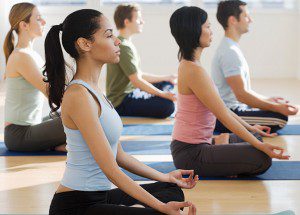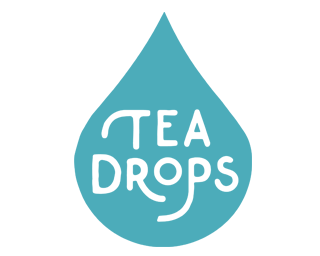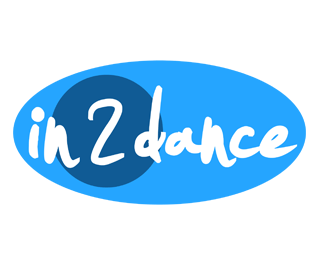Staying Neutral
December 18, 2023Many people take up Pilates to improve their posture, and it’s easy to see why. Good posture is aesthetically pleasing, making us look and feel confident and poised.
But there are numerous other benefits associated with good posture—from our bodies’ perspective, good posture translates into improved functionality and freedom from pain. Good posture essentially means that the spine and pelvis are in proper alignment, what Pilates instructors refer to as “neutral pelvis and spine.”
When our body is well-aligned, our soft tissues are maintained at their proper lengths and our bones are optimally oriented to transmit gravitational forces. We reduce wear-and-tear on our bodies and create more space for the discs between our vertebrae.
Rather than explain neutral pelvis in anatomical terms, it can be helpful to imagine the pelvis as a bowl of water. When the pelvis is tilted forward, we are “pouring” water out the front of the bowl, and when the pelvis is tilted backwards, we are “pouring” water out the back of the bowl. Neutral pelvis means the edges of the bowl are level, so water isn’t pouring out in any direction.
A healthy, well-aligned spine has several curves, roughly shaped like an “S,” that act as shock-absorbers. The lower back and neck curve toward the front of the body, while the upper back curves toward the back of the body. But many forces, including gravity, age, excess sitting, injury, and poor posture can cause these curves to become too pronounced.
Because the pelvis and spine are connected, their positions are directly related. Thus, a forward tilt of the pelvis brings the lower spine into increased extension (arching), and a posterior tilt flattens the curve.
Habitually holding the pelvis and spine out of neutral will put stress on our joint surfaces, ligaments, muscles, and nerves, and the shock-absorbing discs between our vertebrae can become compressed. These combined factors can shorten our spine.
As you progress in your Pilates training, you will become aware of your own postural tendencies. Two of the most common misalignments include hyperlordosis and hyperkyphosis.
Hyperlordodis — This postural tendency is marked by an excessive curve in the low back and a forward pelvic tilt. It is often accompanied by tight low back and hip flexors, plus weak abdominals and hamstrings.
Hyperkyphosis–This postural tendency is marked by an excessive curve in the upper back, or “slumping.” The head is forward of the shoulders and there is little to no curve in the low back because the pelvis is tilted backwards. It is often accompanied by tight chest and hamstring muscles, plus weak upper back muscles.
We can address these postural misalignments by strengthening the muscles that are weak and elongating the muscles that are tight, so that the front and back body are evenly balanced in relation to each other. As the spine becomes more supple and gravity is more evenly distributed through our bodies, the natural curves of the spine are elongated and the discs become plumper, allowing our spine to regain its proper length. Thus, a conscientious Pilates practice under the guidance of an informed instructor will literally help you to stand taller!





